21 Best Foods That Lower Blood Pressure - Eat This, Not That
It's normal for your blood pressure readings to fluctuate throughout the day, and this can depend on several factors like exercise, daily sodium intake, and stress. The American Heart Association defines normal blood pressure as 120/80 mmHg. However, when your blood pressure readings consistently hits at 140/90 mmHg, this considered hypertension. High blood pressure can damage your vascular system, servings as a risk factor of other serious diseases and health conditions, like heart disease, stroke, cognitive issues, and kidney disease. But there are ways to help lower your blood pressure, and this includes incorporating certain foods into diet while avoiding others.
Hypertension, also known as high blood pressure, is a serious health condition that can stem from lifestyle choices as well as other preexisting conditions, such as family history, age, and even race. There are health conditions that can also increase the risk of developing hypertension, like diabetes and obesity. According to the CDC, irregular physical activity, a high-sodium diet, inadequate dietary potassium, alcohol consumption, and nicotine use are just some of the unhealthy lifestyle choices that may increase your risk for high blood pressure.
February is American Heart Month and serves as a reminder to prioritize your cardiovascular health, and one way you can help manage your blood pressure is through a healthy diet. In addition to monitoring your sodium intake, certain foods can play a significant role in lowering your blood pressure based on their nutrition content, too. Consuming enough potassium and eating adequate amounts of other essential nutrients just a couple of examples of some of the helpful avenues to lowering blood pressure.
To help regulate your levels, here are 21 one foods you can eat to help lower your blood pressure.
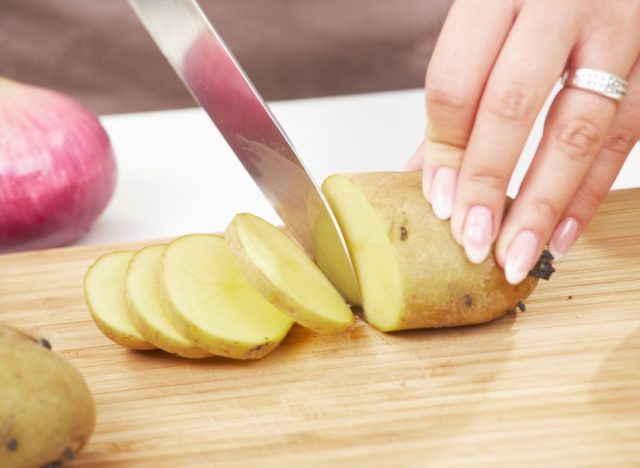
That's right, regular baked potatoes can actually benefit your blood pressure. In fact, one medium baked potato provides 13% of the daily value (DV) for potassium. Increasing your intake of potassium can decrease your blood pressure if you have hypertension. To further aid your blood pressure goals, skip the salt on your potato and instead enjoy a dollop of plain Greek yogurt with a sprinkle of black pepper.
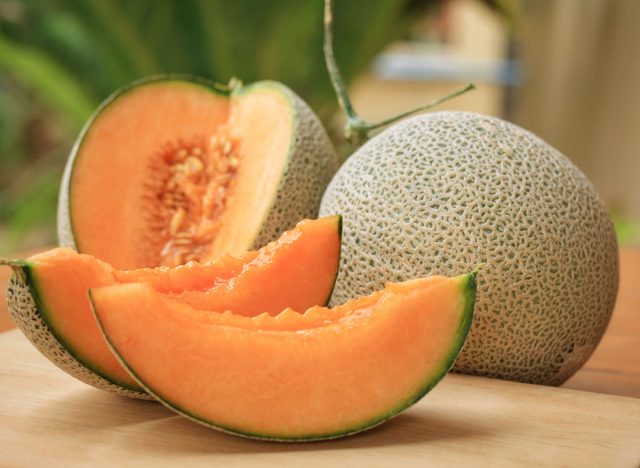
A popular summertime fruit, cantaloupe is also a source of potassium. A half cup serving provides 5% DV for potassium, and because of its high-water content, it is also relatively low in calories. The same half cup portion provides fewer than 30 calories, allowing it to fit within a wide range of energy needs. Pair with low sodium cottage cheese for an excellent combination of protein and produce.

Fatty fish that contains essential Omega-3 fats, like mackerel and salmon, have been shown to reduce blood pressure. Mackerel has a firm texture similar to tuna and can be eaten in a variety of ways. Add to a salad or as a protein on your sandwich, along with avocado and greens for a rounded meal. When choosing canned mackerel, look for options with lower sodium content as this nutrient can elevate blood pressure.

This popular food enjoyed grilled, baked, roasted, and more may help in your quest to lower your blood pressure. One study found a protein in chicken legs lowered blood pressure in hypertensive rats. Choosing skinless poultry can reduce the amount of saturated fat in your meal, a practice that can protect your heart. To keep sodium low, season your chicken with herbs, spices, and black pepper rather than salt.
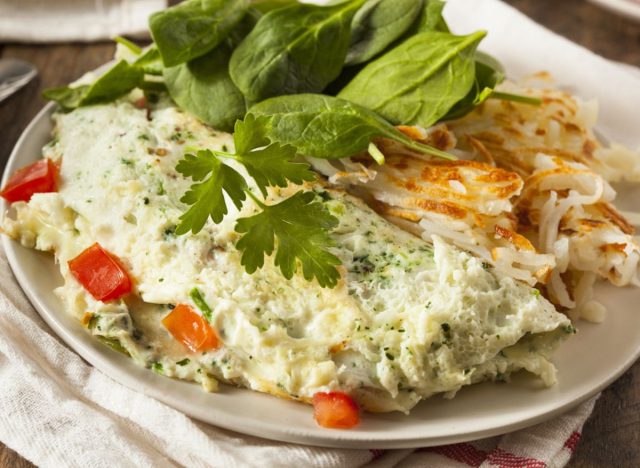
Research suggests a diet rich in protein, like that found in egg whites, may help lower blood pressure. According to this data, adults who consume more dietary protein from either plant or animal sources have lower long-term risk of high blood pressure. From a carton or separated from the yolk, scrambled or boiled, egg whites are a versatile and convenient protein.
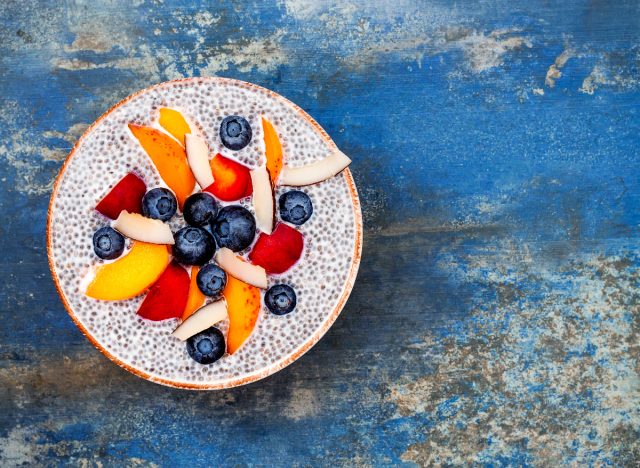
An ingredient that has gained popularity over recent years, chia seeds contain fiber, protein, and Omega-3 fats. One study found daily supplementation of chia seeds for 12 weeks resulted in lower systolic blood pressure. Chia seeds can be added to just about anything- salads, baked goods, and yogurt, or as the star of the show in chia pudding.
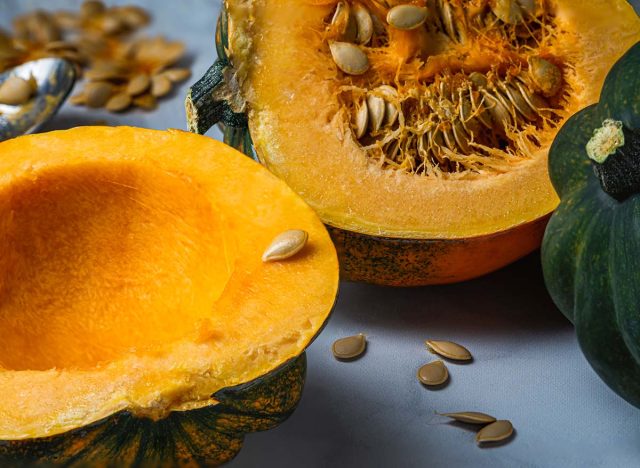
While this may not be the most popular squash varietal, acorn squash can easily be found at your grocery during the fall and winter months. Providing 14% of DV for potassium, acorn squash is another source of this blood pressure-lowering nutrient. By relaxing the walls of blood vessels, potassium is able to reduce blood pressure, and even protect against muscle cramping. Acorn squash is most often enjoyed roasted and paired with seasonings such as sage and rosemary.
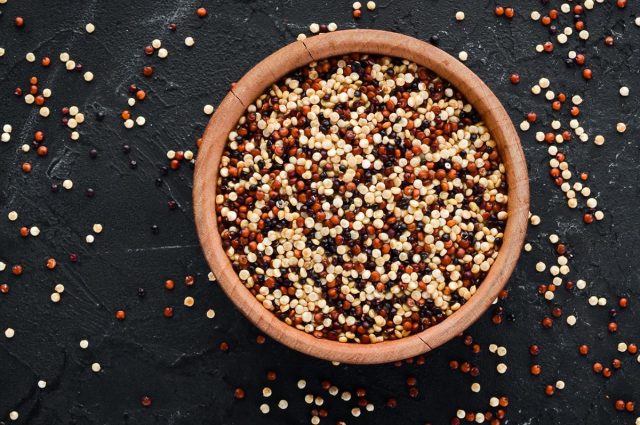
While you may not have heard of quinoa prior 15 years ago, it has become a common grain because of its nutrient density and ease of preparation. A 2021 study found quinoa protein to have blood pressure-lowering effects in rats with spontaneous hypertension. The study notes the quinoa protein may benefit the gut microbiota, and in turn, blood pressure. Quinoa can be eaten as a side dish, a top a salad, or in place of oatmeal to name only a few preparations.
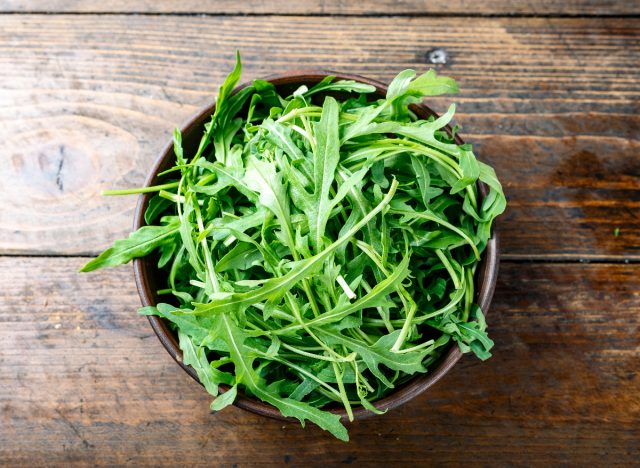
Considered a dark leafy green vegetable, arugula and others in this class are known for the blood pressuring-lowering effects. Arugula contains nitrates, and 2014 study concluded nitrates have the ability to reduce blood pressure and may provide relief to those with hypertension. Arugula is most often enjoyed raw as part of a salad or slightly wilted into a pasta dish or a top a pizza.
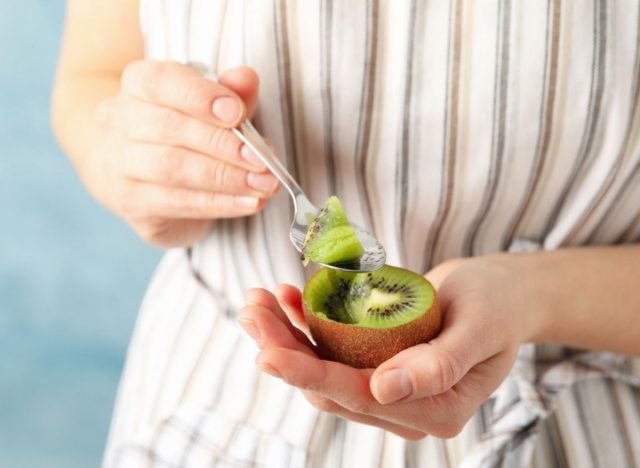
Known for its bright green flesh, kiwi fruit may also be able to lower blood pressure. In a study comparing the blood pressure-lowering ability of kiwi and apple, it was kiwi that had more of an impact on blood pressure. The participants consumed three kiwis per day, and while this may sound like a lot, researchers note one cup of kiwi, which is about 2-3 to kiwifruits, is considered a serving.
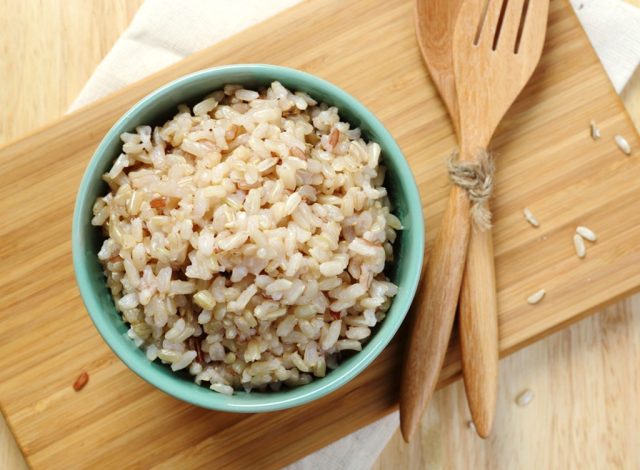 4x6
4x6